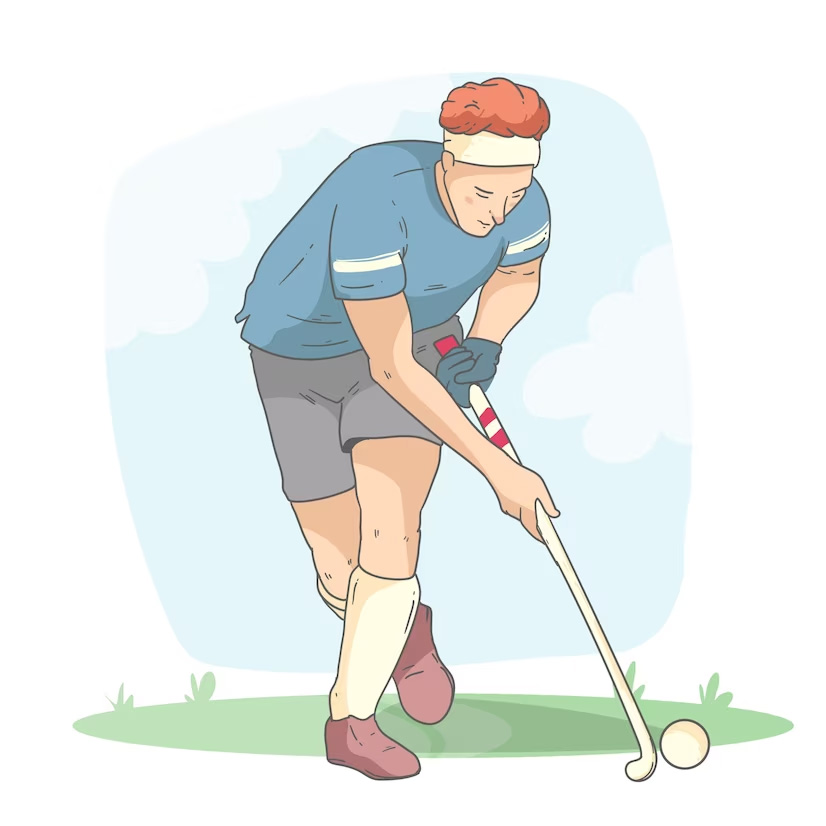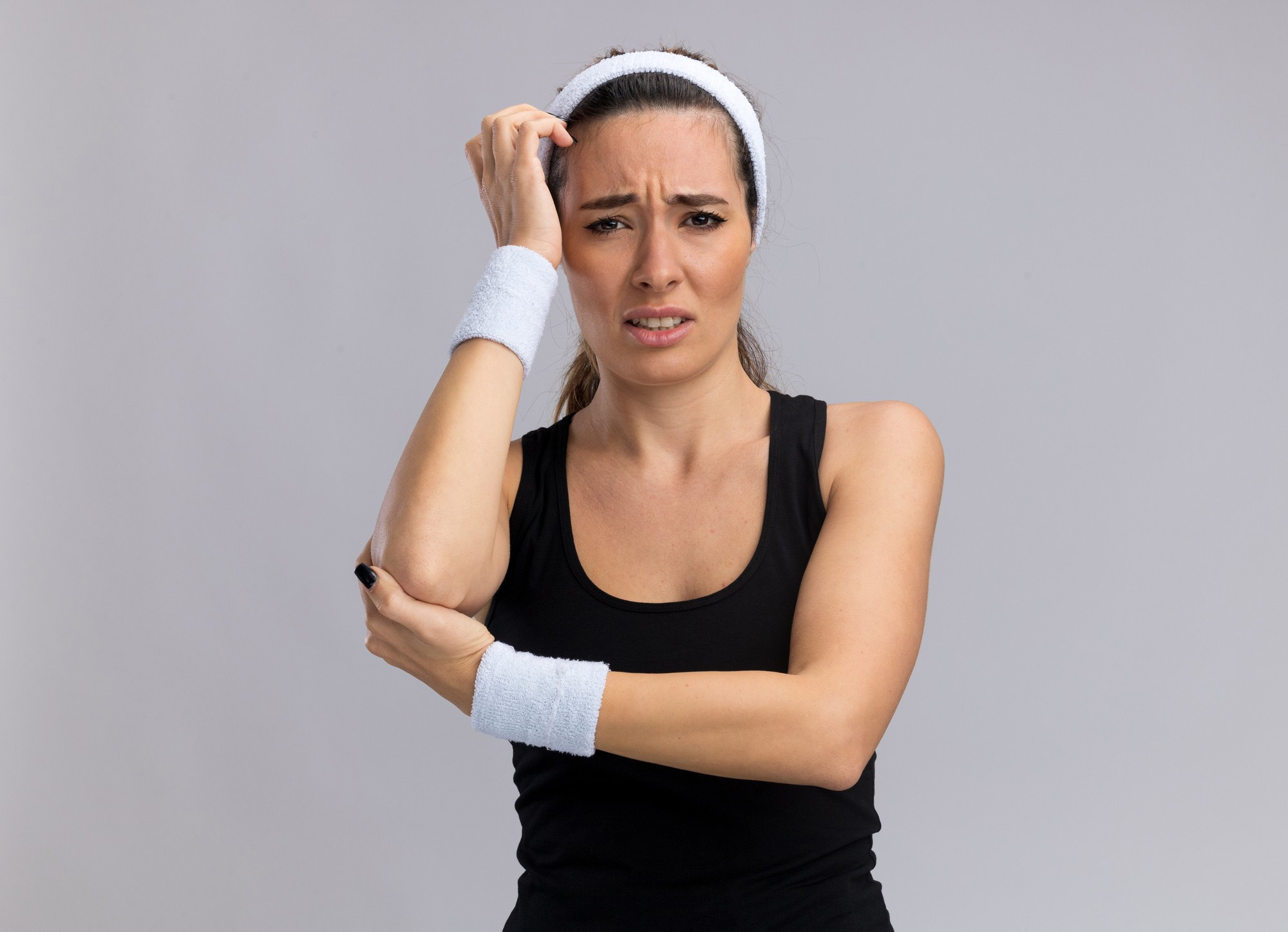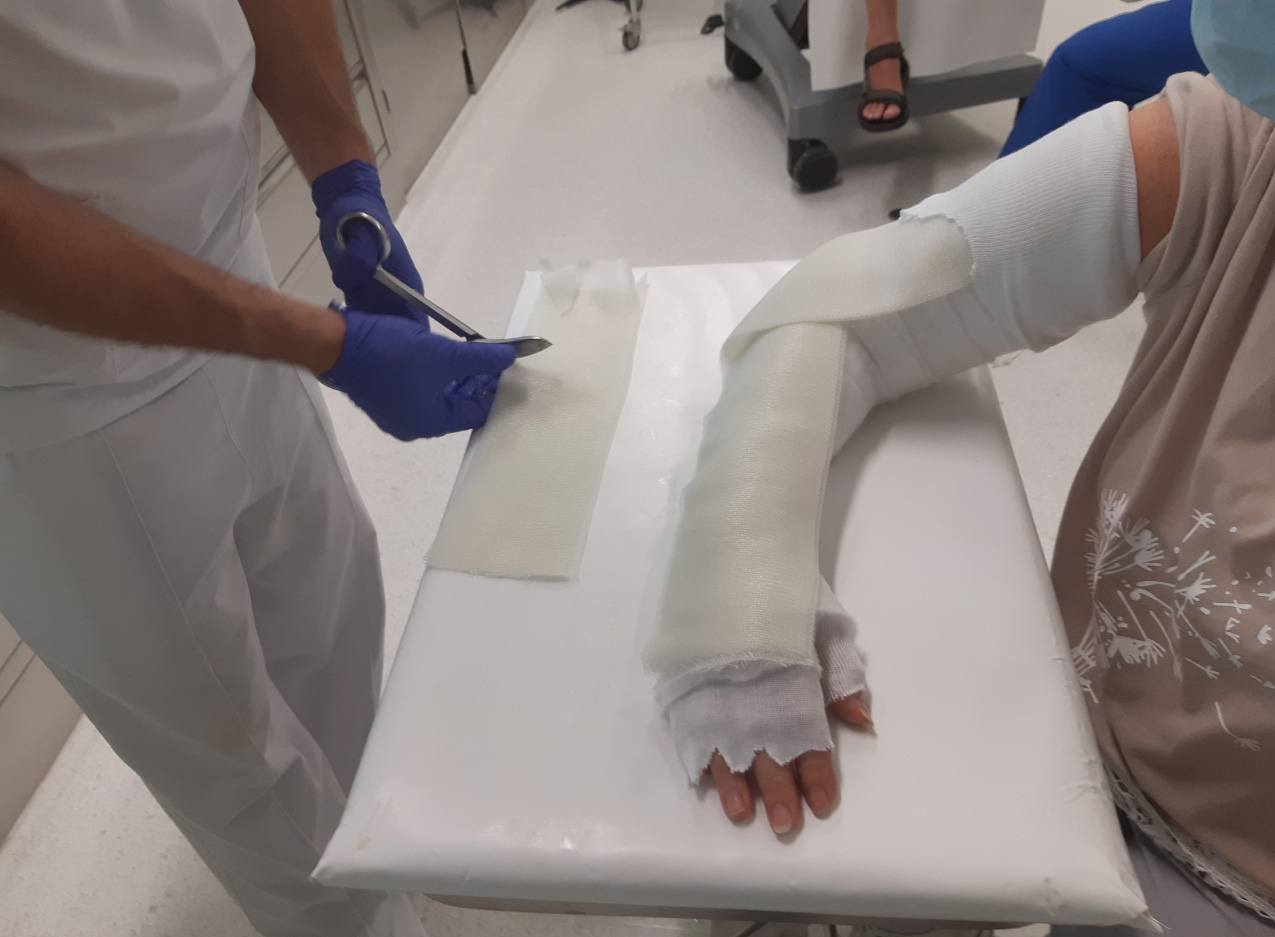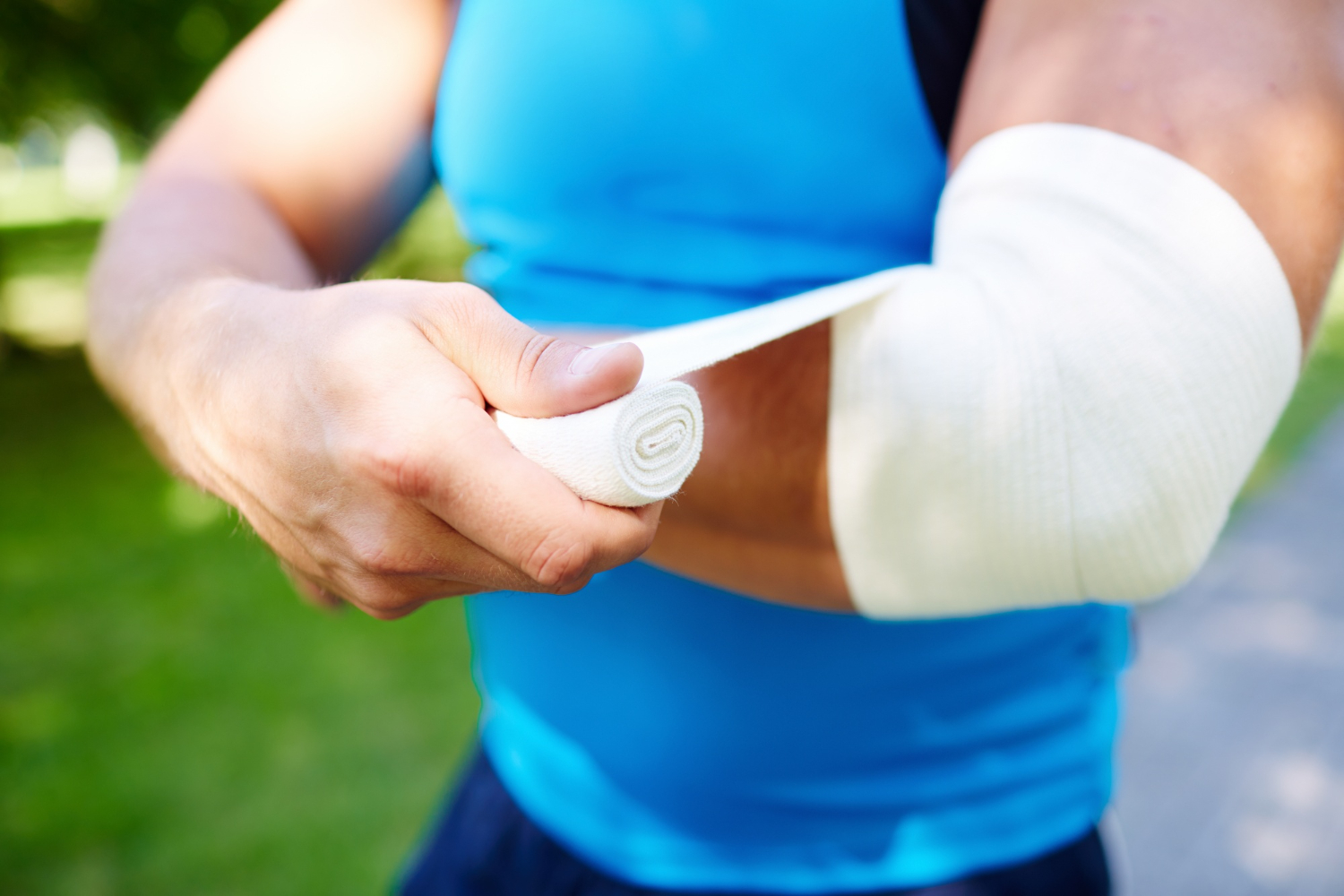Book Now
Services

Golfer’s Elbow
Medial Epicondylitis, commonly known as Golfer’s elbow, is a condition that causes pain over the bony bump on the inner side of your elbow due to the inflammation of the attached tendons.
Symptoms
Pain or tenderness on the inner side of the elbow
Pain sometimes extending along the inner side of the forearm
Pain increases with movement or applying pressure to the area, such as in flexing the wrist or shaking hands
Tightness of forearm muscles
Weakness, stiffness or difficulty in moving the elbow or hand
Numbness or tingling sensation, radiating to the fingers, usually to the ring and little fingers

Causes
Golfer’s elbow is caused by overusing the flexor muscles of the forearm, causing a pull or a tear to the tendons attached to the medial epicondyle. Here are some risk factors:
Playing golf, tennis, bowling, baseball
Improper playing techniques
too much wrist action, unsteady strokes, poor technique of hitting the ball
unsuited models of golf clubs or tennis rackets
Work that involves repetitive or forceful gripping or clenching of the fingers, especially when the hand is bent up or down, or twisted at the wrist
Weak muscles and/or muscle imbalances
Decreased flexibility
Advancing age (more common in people older than 35)

Treatment
Since pain is the main concern for this condition, these are the following conservative, alternative, and non-conservative treatments:
Rest – Time off is very much needed to promote healing.
Do not do activities that cause pain.
Temporarily stop playing your sports, especially golf and tennis, until the pain is gone.
You may need to alter how you do even your daily activities such as opening doors, and picking up objects, to minimize tension on your tendons
Cold – Application of ice for around 20 minutes helps to decrease pain and swelling
Medication- The following drugs can help to reduce inflammation and pain:
Non-steroidal anti-inflammatory drugs (NSAIDs)
Paracetamol
Braces– wear a counter-force brace on your forearm, if recommended by your healthcare professional, to give compression on the forearm muscles
Stretching– When the pain is minimal, gentle and proper stretching will help prevent stiffness by making the muscles more flexible and by breaking down any scar tissue that may result from the inflammation.
Physical Therapy- as the inflammation in the tendon subsides, your Physical Therapist, as recommended by your Physician, can teach you strengthening exercises for the forearm muscles, to help protect the inflamed tendon and prevent the injury from recurring.
Cortisone Injection– given by your doctor to reduce pain and swelling, if over-the-counter medications and physiotherapy do not provide relief.
Percutaneous Electrolysis Therapy– the choice of most people, especially athletes, suffering from long term Golfer’s elbow.
Surgery– rarely required but is sometimes recommended in chronic and recurring cases that do not respond to conservative management.

Prevention
You can take steps to prevent golfer's elbow:
Strengthen your forearm muscles.Use light weights or squeeze a tennis ball. Even simple exercises can help your muscles absorb the energy of sudden physical stress.
Stretch before your activity. Walk or jog for a few minutes to warm up your muscles. Then do gentle stretches before you begin your game.
Fix your form. Whatever your sport, ask an instructor to check your form to avoid overload on muscles.
Use the right equipment. If you're using older golfing irons, consider upgrading to lighter graphite clubs. If you play tennis, a racket with a small grip or a heavy head may increase the risk of elbow problems.
Lift properly. When lifting anything — including free weights — keep your wrist rigid and stable to reduce the force on your elbow.
Know when to rest. Try not to overuse your elbow. At the first sign of elbow pain, take a break.
It’s also important to take breaks from repetitive tasks. Practice exercises that can help strengthen the muscles around your elbow joint. Talk to your doctor for advice and recommendations.

